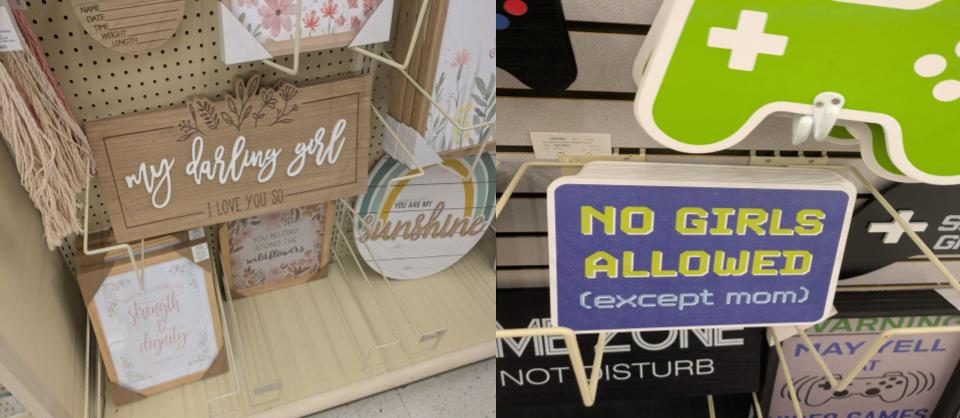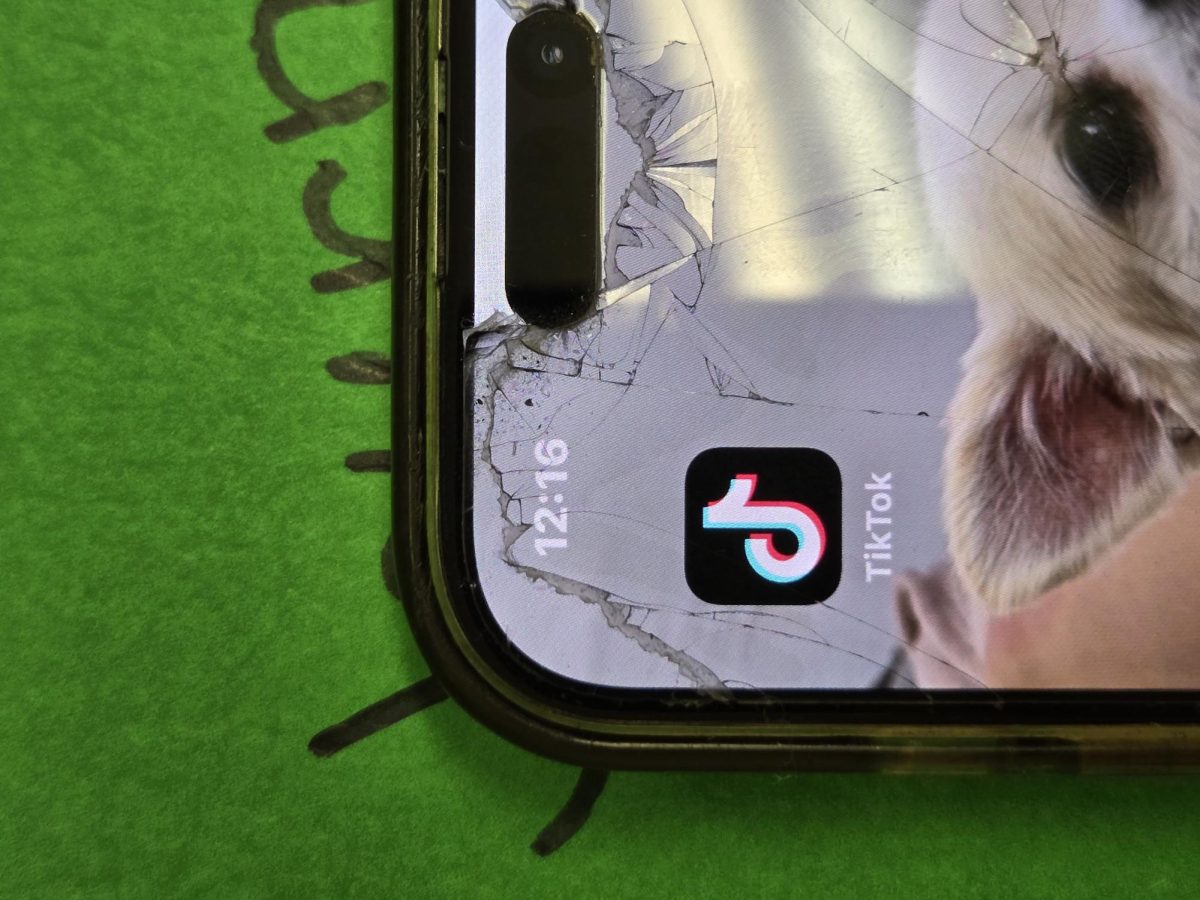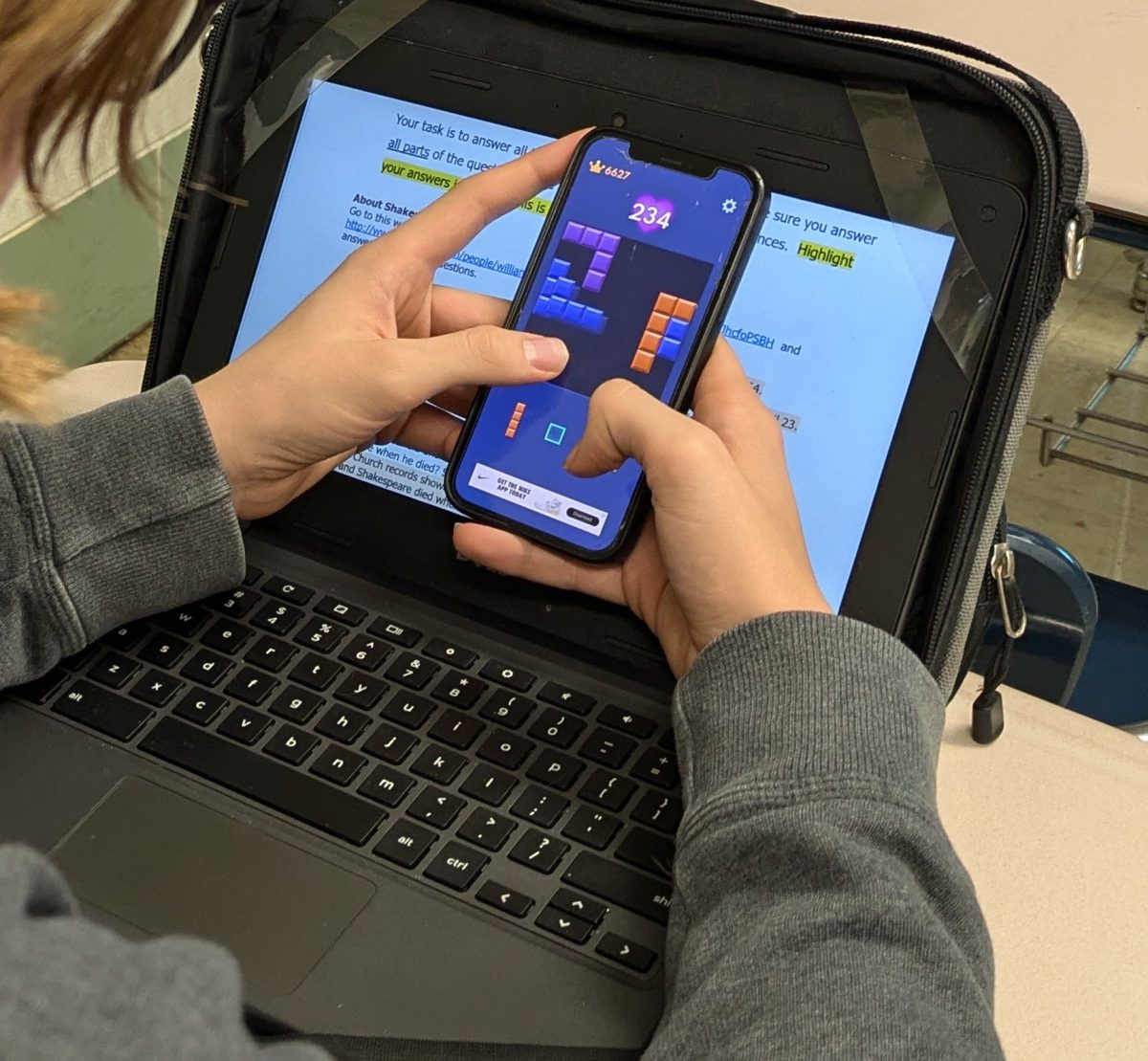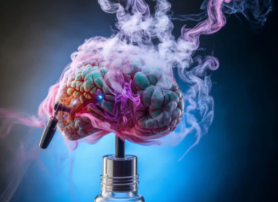With the rise of AI models such as ChatGPT and OpenAI, educators are taking notice. These programs have their pros and cons and the general view on AI in education is mixed. Some LHS teachers find AI to be a great tool that makes it easier to teach, while others claim it is unreliable and promotes plagiarism.

LHS English teacher Kelli Marvin believes that AI is a great tool to assist students.
“AI can positively affect student learning if used correctly. For example, AI is great at creating ideas- for a research paper, or a project. AI is also great at giving a barebones answer that students would then have to flesh out. For example, an essay question,” said Marvin.
Marvin believes that although AI can be beneficial in an educational setting, students should use it as a tool to assist them, not just provide a free answer.
“A student could ask AI for help, but then the student needs to read the answer, something they rarely do, put the answer in their own words, add evidence from the text, and add commentary about the text including things that you’ve learned from your teacher. AI won’t do all of that. AI is a springboard and we have to use it that way in education,” she said.
Like Marvin, English teacher Laura Specht agrees that AI can be a benefit for both teachers and students if used ethically.
“AI is positively impacting student learning, depending on how it is being used in the classroom. I think it can be a great tool to help students come up with creative ideas for projects or to help them decipher more complex texts, like Shakespeare. Additionally, it can help teachers with lesson ideas and grading, which allows them to have more time to work with students one-on-one,” said Spect.

LHS math teacher Clay Hartzler, who is currently studying at Bowling Green for a Masters degree in administration, said that AI can help students organize their thoughts such as in a first draft of an assignment.
“Setting up outlines for things can be really helpful for essays and papers. I’ve done it as a teacher to create questions and if I can do that, a student can do that and they can come up with their own set of practice problems before a test. So all kinds of different ways to help somebody out,” he said.
Another way that AI can help students is that it can check grammar use. Mavin explained that she introduced this strategy to one of her students who struggled with writing.
“I introduced him to Wordtune, an AI program, and his work has improved greatly. He copies his words into Wordtune and it spits the words out with correct grammar and spelling. But this student wants to learn and reads what Wordtune spits out for him. It’s just an aid for him since he struggles with spelling and grammar,” she said.

However, the expanding technology of AI also presents problems. People sometimes use AI unethically.
“Some students use AI as a way to cheat, unfortunately. Rather than write an essay themselves, students can have ChatGpt write it for them. Additionally, some programs can solve math problems for students simply by uploading a picture rather than working through the problem,” said Specht.
AI responses often use higher levels of vocabulary, not typically used by high school students which is a red flag to a teacher.
“Words I’ve recently seen on AI-generated papers: cleverious, craven, geographical framework, scruples, moral sensibilities. While these words can be used correctly, I know the students in my class and know they would not be writing with these words,” said Marvin.
AI is so easy to use that students are tempted to plagiarize an assignment which causes great concern for teachers as using AI in an ineffective way does not benefit student learning
“We have to learn to work with AI. It is not going away. But students who think they are fooling teachers with an AI-generated paper, no, just no. We know and will expect you to explain the paper. If you can’t, we know it’s AI-generated, and no learning took place. Your grade should reflect that,” said Marvin.
Another issue with AI is its unreliability. If AI doesn’t know something, it will hallucinate and make up information. Just because information appears in an AI program, doesn’t necessarily make it true.
“If you were to ask Chat GPT for example for resources, it’ll spit out resources that don’t exist. If you ask it to cite something it will cite stuff that does not exist. Kids can have a false sense of security with that. If I go and search a writing prompt for an essay, and have AI write me an essay, if you actually read that essay, it is terrible and does not actually answer the prompt. But if kids take it on faith and dump it in there, they’re not actually learning anything, and they’re also going to get bad grades on their assignments,” said Hartzler.
Marvin agreed and noted that AI responses don’t always meet the needed components of a high school essay.
“We work so hard at getting students to use textual evidence which an AI answer does not provide. Students don’t even bother to go back and add text evidence. Lazy with a capital L,” said Marvin.
What’s the lesson to be learned about using artificial intelligence in education? Students should use the technology responsibly.
“I think that AI has more pros than cons, but students need to be taught how to use it effectively. It’s a tool that can definitely enhance their learning but they shouldn’t rely too heavily on it,” said Specht.








